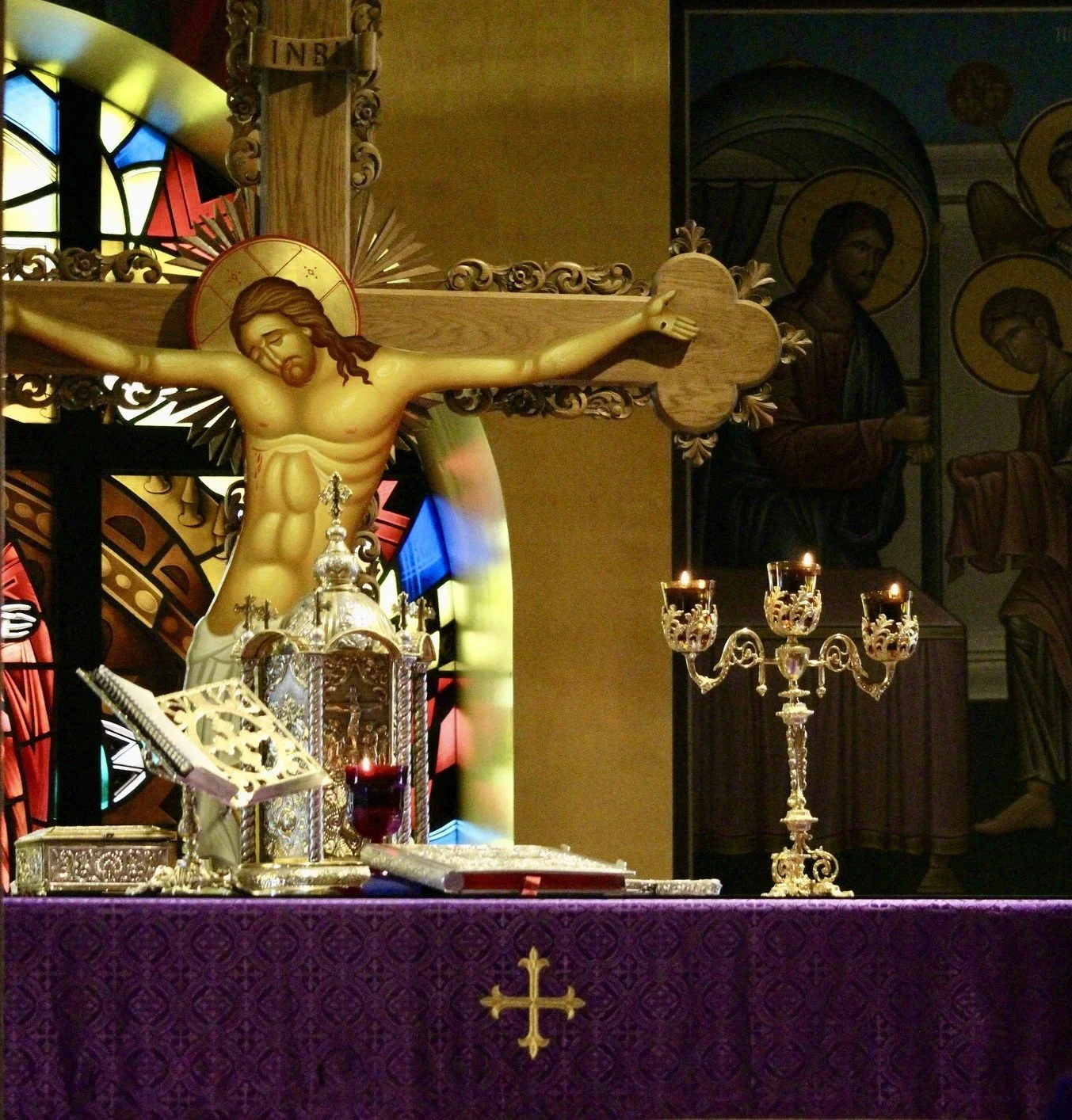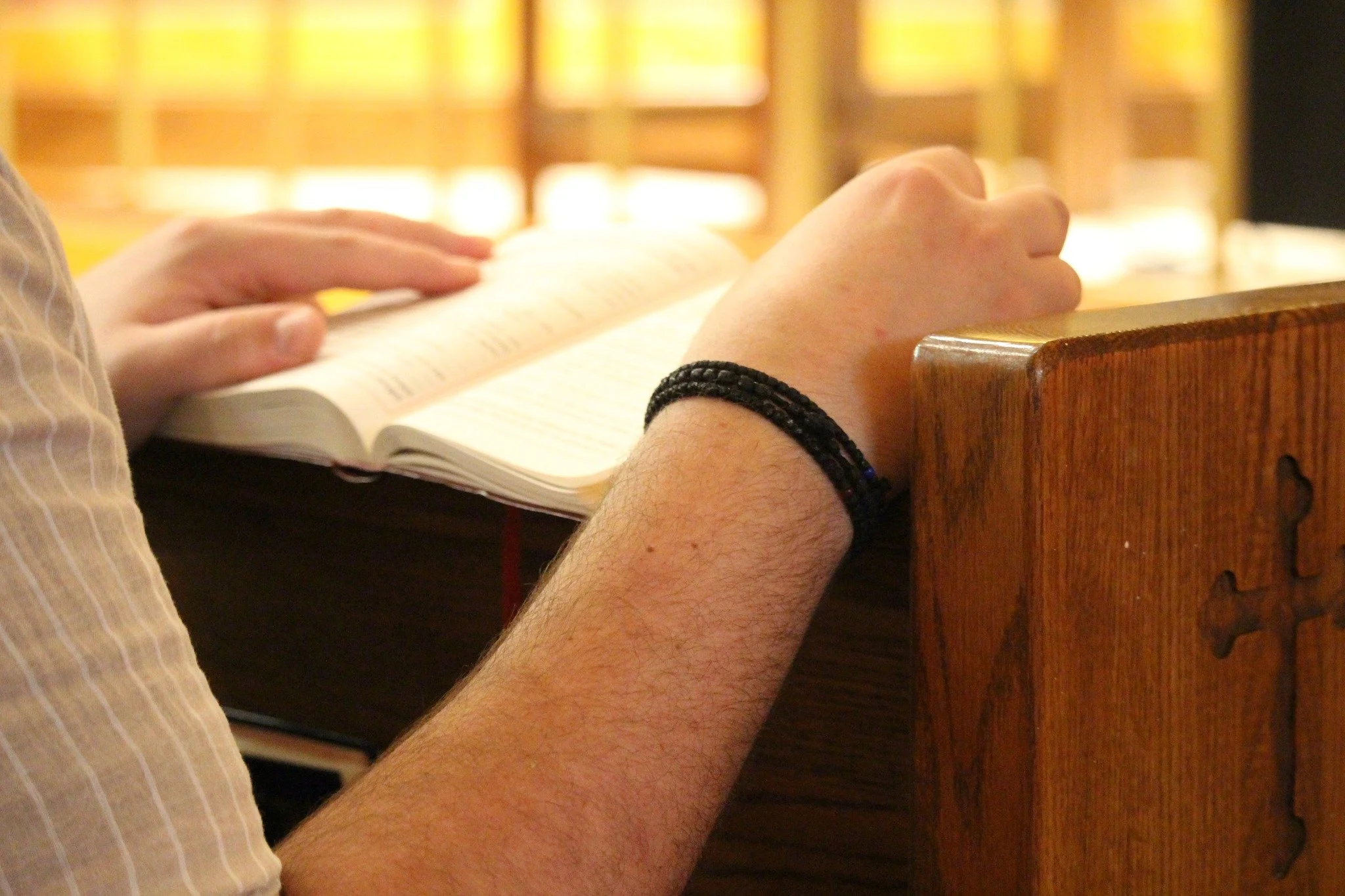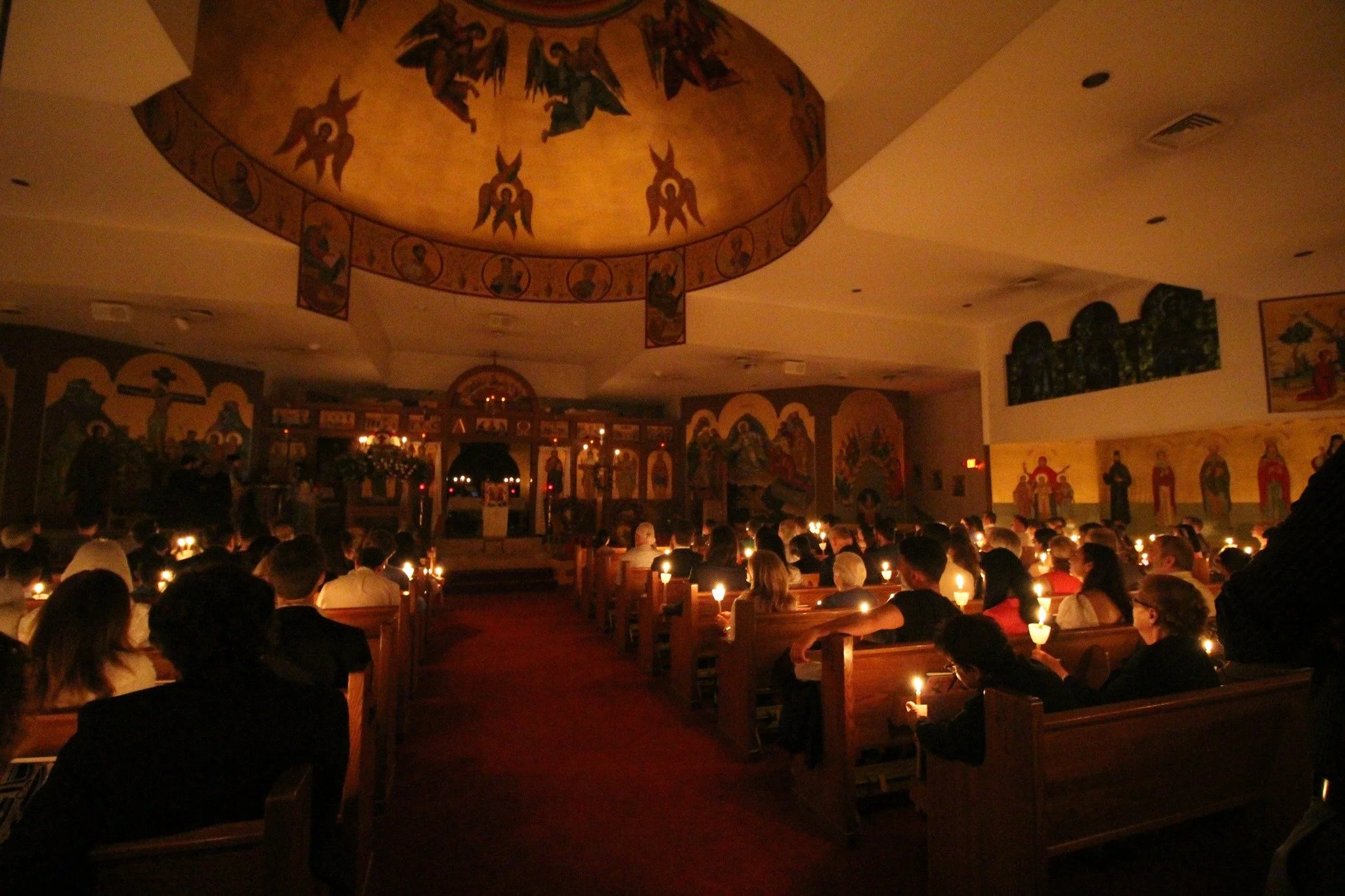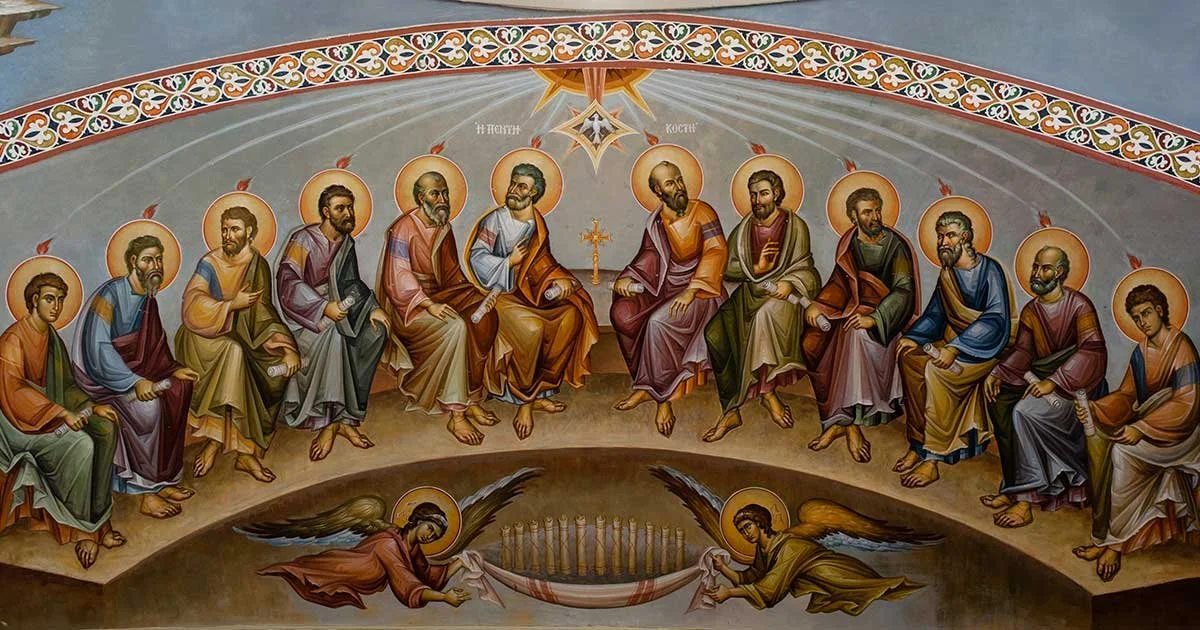Our Faith
ORTHODOXY
An ever-growing number of persons from various backgrounds are becoming interested in the Orthodox Church. These individuals are discovering the ancient faith and rich traditions of the Orthodox Church. They have been attracted by her mystical vision of God and His Kingdom, by the beauty of her worship, by the purity of her Christian faith, and by her continuity with the past. These are only some of the treasures of the Church, which has a history reaching back to the time of the Apostles.
HOUSE OF GOD
The visitor to an Orthodox Church is usually impressed by the unique features and the external differences between this place of worship and those of the various traditions of Western Christianity. The rich color, distinctive iconography and beauty of the interior of an Orthodox Church generally are in sharp contrast to the simplicity which one finds in many Roman Catholic and Protestant churches.
WORSHIP
O Come, let us Worship and bow down before our King and God.
O Come, let us worship and bow down before Christ, our King and God.
O Come, let us worship and bow down to Christ Himself, our King and God.
This invitation marks the beginning of each day for the Orthodox Church. It comes from the office of Vespers, and it expresses the attitude which is at the heart of Orthodoxy. The Worship of God - the Father, Son, and Holy Spirit, - is fundamental to the life and spirit of the Orthodox Church.
liturgy
"We knew not whether we were in heaven or on earth, for surely there is no such splendor or beauty anywhere on earth. We cannot describe it to you; we only know that God dwells there among men and that their Service surpasses the worship of all other places..."
In the latter part of the tenth century, Vladimir the Prince of Kiev sent envoys to various Christian centers to study their form of worship. These are the words the envoys uttered when they reported their presence at the celebration of the Eucharist in the Great Church of Holy Wisdom in Constantinople.
sacraments
One of the best-known prayers of the Orthodox Church speaks of the spirit of God being "present in all places and filling all things." This profound affirmation is basic to Orthodoxy's understanding of God and His relationship to the world. We believe that God is truly near to us. Although He cannot be seen, God is not detached from His creation.
teachings
The Orthodox Church throughout the ages has maintained a continuity of faith and love with the apostolic community which was founded by Christ and sustained by the Holy Spirit. Orthodoxy believes that she has preserved and taught the historic Christian Faith, free from error and distortion, from the time of the Apostles. She also believes that there is nothing in the body of her teachings which is contrary to truth or which inhibits real union with God.
spirituality
The Orthodox Church proclaims the Gospel of Jesus Christ. In the Greek language, the word for Gospel is “Evangelion” which means literally "the good news." The good news of Orthodox Christianity is a proclamation of God's unbounded and sacrificial love for man kind, as well as the revelation of the true destiny of the human person.
history
The Church has her origin with Jesus Christ and the Holy Spirit, not with a human teacher, or group, nor a code of conduct or religious philosophy. Orthodoxy believes that the Church has her origin in the Apostolic Community called into being by Jesus Christ, and enlivened by the Holy Spirit. The Feast of Pentecost, which is celebrated fifty days after Easter, commemorates the "outpouring'' of the Holy Spirit upon the Apostles and marks the beginning of the mission of the Church to the world.








